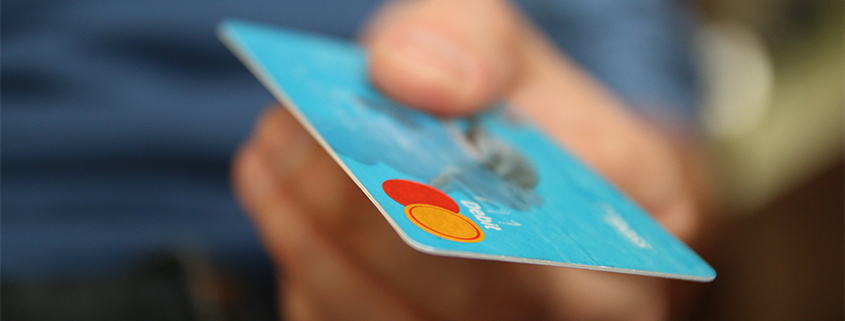Use It Before You Lose It: FSA and HSA Accounts
In addition to patient financing options, you may also consider using a flexible spending account (FSA) or a health savings account (HSA) to pay for your vision correction procedure.
Did you know that up to 22% of employees are unaware of their FSA and HSA benefits? FSAs are a great way to pay for elective and non-elective procedures pre-tax. So, depending on your tax bracket, that could end up being major savings! However, you must use your FSA balance by the end of the year or risk losing it.
HSA accounts allow you to set aside pre-tax dollars from your payroll for medical expenses. The main difference from an FSA is that an HSA is a savings account that goes with you and funds stay in the account as long as it is open.
The good news is that you can contribute up to $2,650 per person in an FSA and even more in an HSA (depending on your plan) to pay for procedures you want. Think of this as an opportunity to access the procedures you need by using flex spending account dollars.
Why Is This Important?
Elective procedures—like LASIK, PRK, Implantable Contact Lenses, and Refractive Lensectomies—are discretionary medical expenses. FSAs and HSAs can be just the ticket to a future of better vision without glasses or contact lenses.

